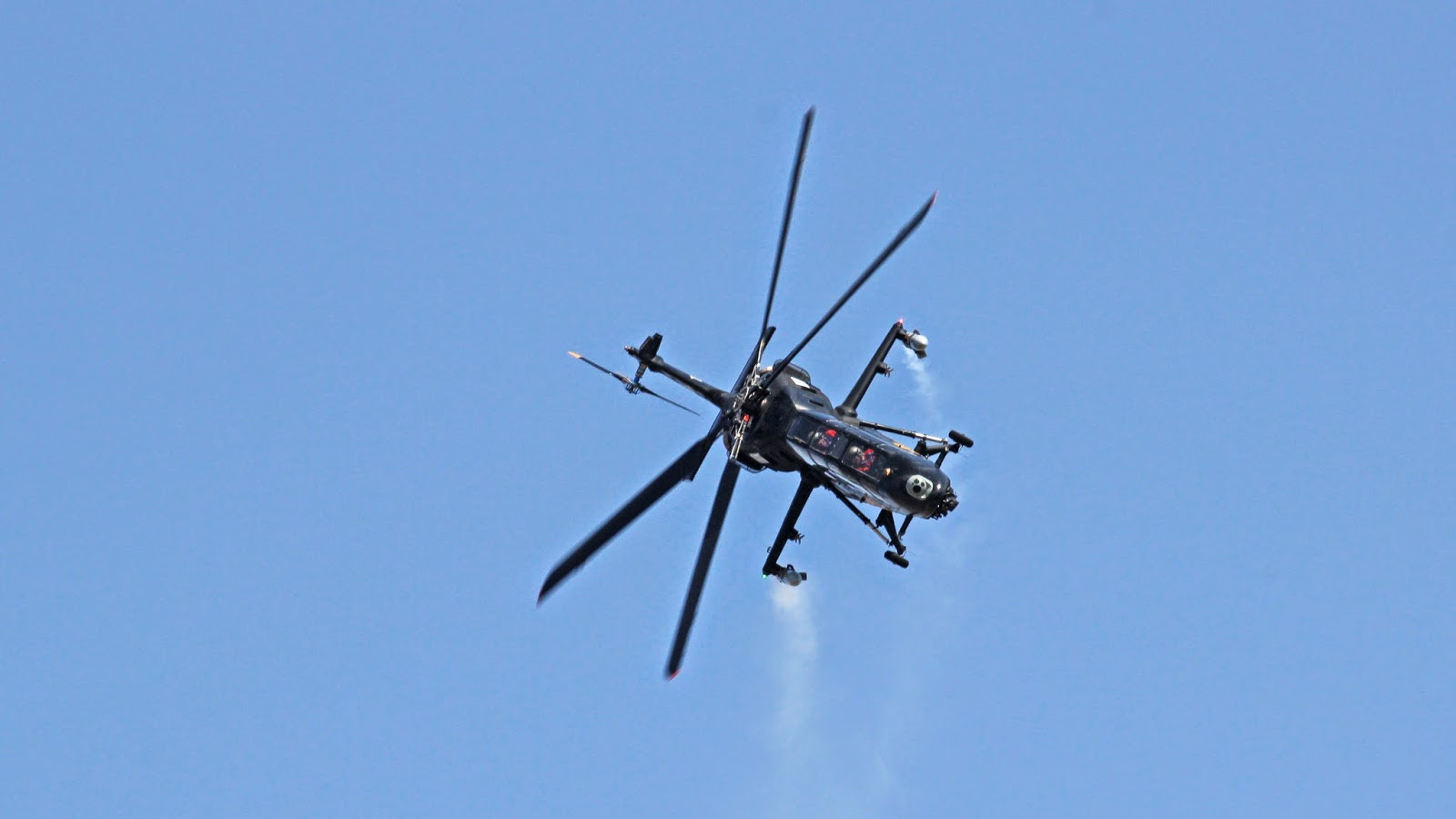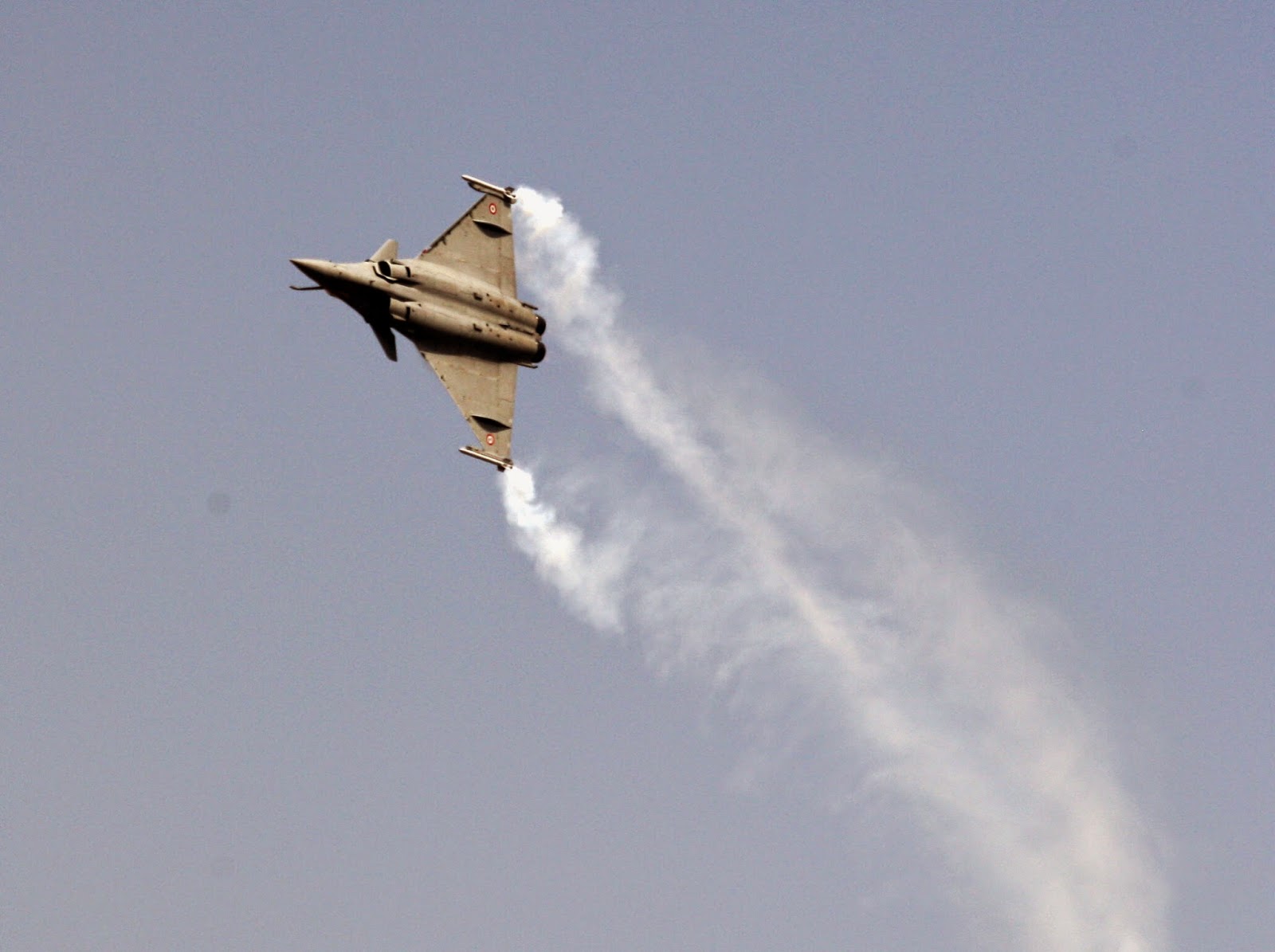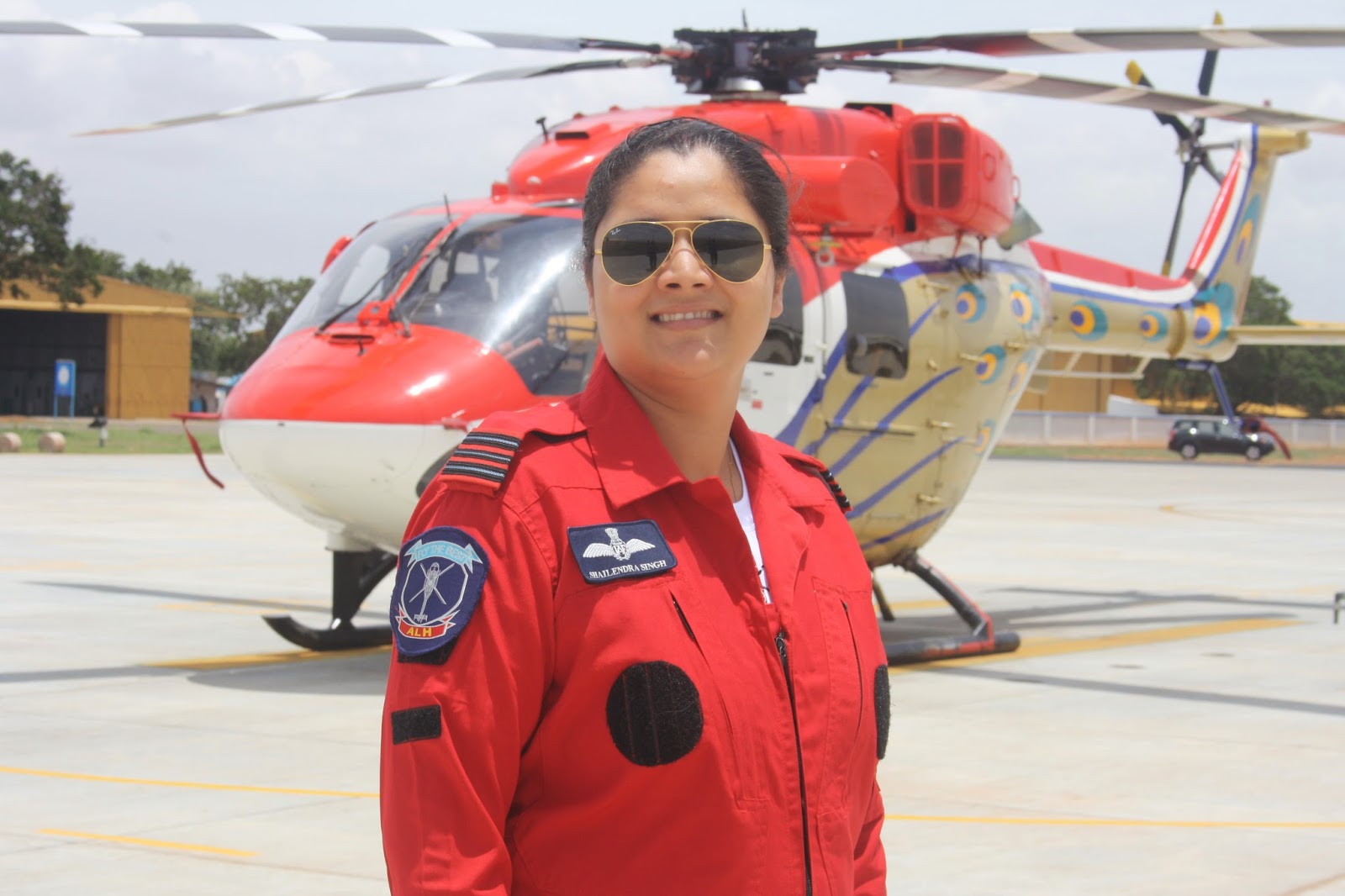Text of address by Prime Minister at Aero India Show
"My ministerial colleagues, Distinguished participants and guests I am delighted to participate in the 10th edition of Aero India.
More than 250 Indian companies and more than 300 foreign firms are here. There are defence ministers, senior officials and hundreds of business leaders from around the world.
A big welcome to each of you!
This is the largest ever Aero India. This reflects a new level of confidence within our country and global interest in India.
To many of you, India is a major business opportunity.
We have the reputation as the largest importer of defence equipment in the world.
That may be music to the ears of some of you here. But, this is one area where we would not like to be Number One!
Our security challenges are well known. Our international responsibilities are evident. We do need to increase our defence preparedness. We do have to modernize our defence forces.
We have to equip ourselves for the needs of the future, where technology will play a major role.
As a nation of one billion people, we also have huge requirements for managing internal security.
We are increasingly integrating technology and systems into it. These opportunities make Aero India an important international event.
For me, this is not just a trade fair for defence equipment. This is a mega meeting of one of the largest global supply chains, with the most advanced technology and complex equipment
And, a platform to launch India's defence manufacturing sector. A nation with a strong defence industry will not only be more secure. It will also reap rich economic benefits.
It can boost investment, expand manufacturing, support enterprise, raise the technology level and increase economic growth in the country.
In India, the defence industry in the government sector alone employs nearly 200,000 workers and thousands of engineers and scientists. They produce an output of nearly 7 billion dollars annually. It also supports a very large pool of small and medium enterprises.
Our defence industry in private sector is still small. But, it already employs thousands of people.
This is despite the fact that nearly 60% of our defence equipment continues to be imported. And, we are spending tens of billions of dollars on acquisitions from abroad.
There are studies that show that even a 20 to 25% reduction in imports could directly create an additional 100,000 to 120,000 highly skilled jobs in India.
If we could raise the percentage of domestic procurement from 40% to 70% in the next five years, we would double the output in our defence industry.
Imagine the impact in terms of jobs created directly and in the related manufacturing and services sector!
Think of the spin off benefits on other sectors in terms of advanced materials and technologies!
That is why we are focusing on developing India's defence industry with a sense of mission.
This is why it is at the heart of our Make in India programme.
We are reforming our defence procurement policies and procedures. There would be a clear preference for equipment manufactured in India.
Our procurement procedures will ensure simplicity, accountability and speedy decision making.
We have raised the permitted level of Foreign Direct Investment to 49%. This can go higher, if the project brings state-of-the art technology.
We have permitted investments up to 24% by Foreign Institutional Investments. And, there is no longer a need to have a single Indian investor with at least a 51% stake.
Industrial licensing requirements have been eliminated for a number of items. Where it is needed, the process has been simplified.
We are expanding the role of private sector, even for major platforms. Our goal is to provide a level playing field for all.
We speak in terms of national capacity, not public sector or private sector.
Offsets system is a crucial instrument to develop and upgrade our defence industry.
We have introduced significant reforms in our offsets policy. I am acutely aware that it still needs a lot of improvements. We will pursue them in consultation with domestic industry and our foreign partners.
I want our offsets policy not as a means to export low-end products, but to acquire state-of-the art technology and skills in core areas of priority.
Government's support for research and development is essential for defence sector. And, it should also be accompanied by a degree of assurance on purchase.
We are introducing a scheme to provide up to 80% of funding from the Government for development of a prototype in India. And, we are also launching a Technology Development Fund.
For too long, our research and development has been confined to government laboratories. We must involve our scientists, soldiers, academia, industry and independent experts more closely in research and development.
Last month at the Army Day Reception, I had asked to meet our officers and soldiers, who had made the best innovations in our defence equipment. I was impressed with what I saw.
Finally, we have made our export policies clearer, simpler and predictable. But, we will also abide by the highest standards of export controls and international responsibility.
We will expand our exports, but we will ensure that our equipment and technology do not fall into the wrong hands.
India's record in this area has been impeccable and it will remain so.
I am pleased with the positive impact of our policies.
Indian private corporations have responded with enthusiasm. There is new excitement in our small and medium scale sector. Many of the biggest global firms are forming strategic partnerships in India.
Some of them have already begun using India as part of their global supply chains or engineering services.
In September 2014 Dynamatic Technologies and its collaborator Boeing inaugurated a plant in India to manufacture critical parts for a Boeing helicopter that is sold globally. I understand that it was a day after Make in India was launched.
I am pleased to learn that the first set of parts is ready for shipment today.
But, we still need to do more.
We have to further reform our acquisition and approval processes. We must indicate a clear roadmap of our future needs.
This must take into account not only new technology trends, but also the nature of future challenges.
We must pay attention to developing supply chains, with emphasis on innovation.
We must bridge the gap between prototype development and quality of production.
We must develop a financing system suited to the special needs of this industry. It is a market where buyers are mainly governments, the capital investments are large and the risks are high.
We must ensure that our tax system does not discriminate against domestic manufacture in comparison to imports.
More broadly, our defence industry will succeed more if we can transform the manufacturing sector in India.
We need great infrastructure, sound business climate, clear investment policies, ease of doing business, stable and predictable tax regime, and easy access to inputs.
We need a national industry that produces advanced materials, the most sophisticated electronics and the best engineering products.
Over the last eight months, we have worked hard to create that environment for you.
Above all, we need a vast pool of highly skilled and qualified human resources for the defence industry.
Our aerospace industry alone would need about 200,000 people in another ten years.
We will set up special universities and skill development centres to cater to our defence industry, just as we have done in atomic energy and space.
I have especially invited the State Governments to come here with package of facilities to attract investments in defence manufacturing.
Distinguished guests,
This is a new era for the defence industry in India.
It will be no longer enough to buy equipment and simply assemble them here. We have been doing this in the past, without absorbing any technology or developing our own capabilities. In some areas, we are where we were three decades ago.
Frankly, our public sector needs to do much better than they are doing now. We have to exploit their huge assets and a vast potential. At the same time, we have to make them accountable.
We want to develop an industry is dynamic. It should constantly stay at the cutting edge of the global industry.
I am confident that India will emerge as a major global centre for defence industry.
We have the basic building blocks for it in India; and, a large nation requirement.
We will build an industry that will have room for everyone – public sector, private sector and foreign firms.
From sellers, foreign firms must turn into strategic partners.
We need their technology, skills, systems integration and manufacturing strength.
The nature of industry is such that imports will always be there.
In turn, they can use India as part of their global supply chain.
Defence budgets around the world are becoming tighter. India's frugal but sophisticated manufacturing and engineering services sectors can help reduce costs.
India can also be a base for export to third countries, especially because of India's growing defence partnerships in Asia and beyond.
A strong Indian defence industry will not only make India more secure. It will also make India more prosperous.
Aero India can be a catalyst in realizing our goals. That is why I am here today.
So, as we look at these wonderful aircraft and enjoy the amazing fly pasts, I also hope we can get some business done.
And, sow the seeds of successful new ventures and partnerships – to give our people new opportunities, to make our nations safer, and the world more stable and peaceful.
Thank you. "




.jpg)


![[IMG]](https://pbs.twimg.com/media/B8_HrTTIcAAcV2A.jpg:large)
![[IMG]](http://www.oneindia.com/img/2014/11/10-aero-india1.jpg)
![[IMG]](http://www.stratpost.com/wp-content/uploads/2015/02/MHTK1-600-x-279.jpg)
![[IMG]](http://www.stratpost.com/wp-content/uploads/2015/02/MHTK2-238x300.jpg)
![[IMG]](http://www.stratpost.com/wp-content/uploads/2015/02/mfc-eaps-photo-02-h-214x300.jpg)
![[IMG]](https://pbs.twimg.com/media/B-jS1XvCEAAjvb1.jpg:large)
![[IMG]](https://pbs.twimg.com/media/B-jLfoeCMAAIdFI.jpg:large)
![[IMG]](http://pib.nic.in/photo//2015/Feb/s2015021962539.jpg)
![[IMG]](http://ste.india.com/sites/default/files/2015/02/19/326946-19-2-2015-aero-gh2-o.jpg)
![[IMG]](http://www.deccanherald.com/photos/big/2015/02/20/20150220195522.jpg)
![[IMG]](http://www.deccanherald.com/photos/big/2015/02/21/20150221194412.gif)
![[IMG]](http://www.deccanherald.com/photos/big/2015/02/20/20150220195227.jpg)

















.JPG)
















.jpg)






.jpg)



.jpg)

























.jpg)
.jpg)



















.JPG)



.jpg)


![[IMG]](http://www.defenseworld.net/uploads//news/big/panchi_ua_1422876091.jpg)
![[IMG]](http://www.aircraftcompare.com/aircraft_images/1532.jpg)
![[IMG]](http://www.stratpost.com/wp-content/uploads/2015/02/F-15-600-x-336.jpg)